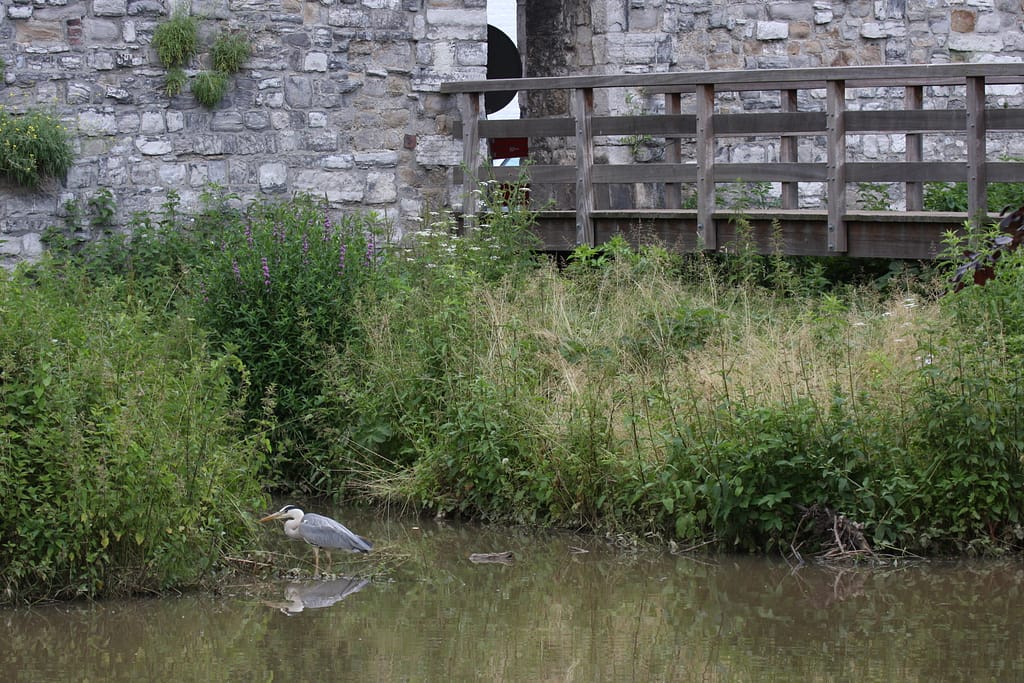Grey heron
Explanation
Patiently, it stands by the waterside: the grey heron. While hunting for a nice snack, it can stand by the water motionless for a very long time. Herons eat not only fish, but also land animals, including frogs, moles, mice, and insects. When searching for food, herons are always alone. They chase the others of their species away, because they are competitors. But they do seek out each other’s company to mate. They breed in colonies of dozens of nests, closely located to one another. The nearest colony of grey herons is located in Belgium along the Meuse, just south of Maastricht. In winter, they often have a hard time, because food becomes scarce when it freezes. Now that winters are becoming less severe, the number of herons is increasing
Relationship with humans
Why we do what we do
Herons are water birds; they were originally found mainly in wet, polder-like areas. But herons have also discovered the city. They are no longer dependent on water for their food. In some large cities, they prefer to get their food at the market after closing time or to be fed at a snack bar, which is much easier than going fishing yourself. Here within the Tapijn grounds, you can often see a heron fishing along the waterfront. But, here too, the heron is becoming more and more of a city dweller. In the spring of 2018, two pairs of herons suddenly appeared to have built nests in the city park and the first heron young has already left the nest.



